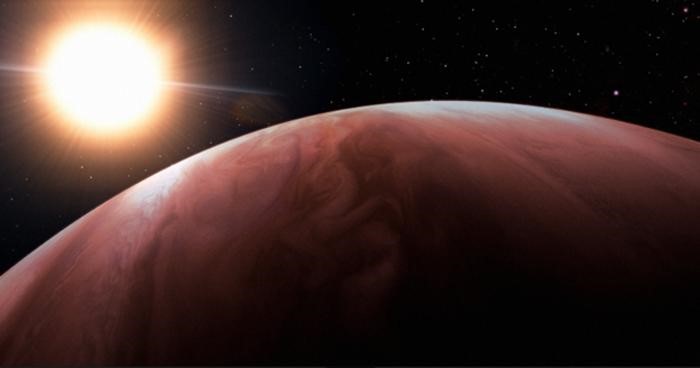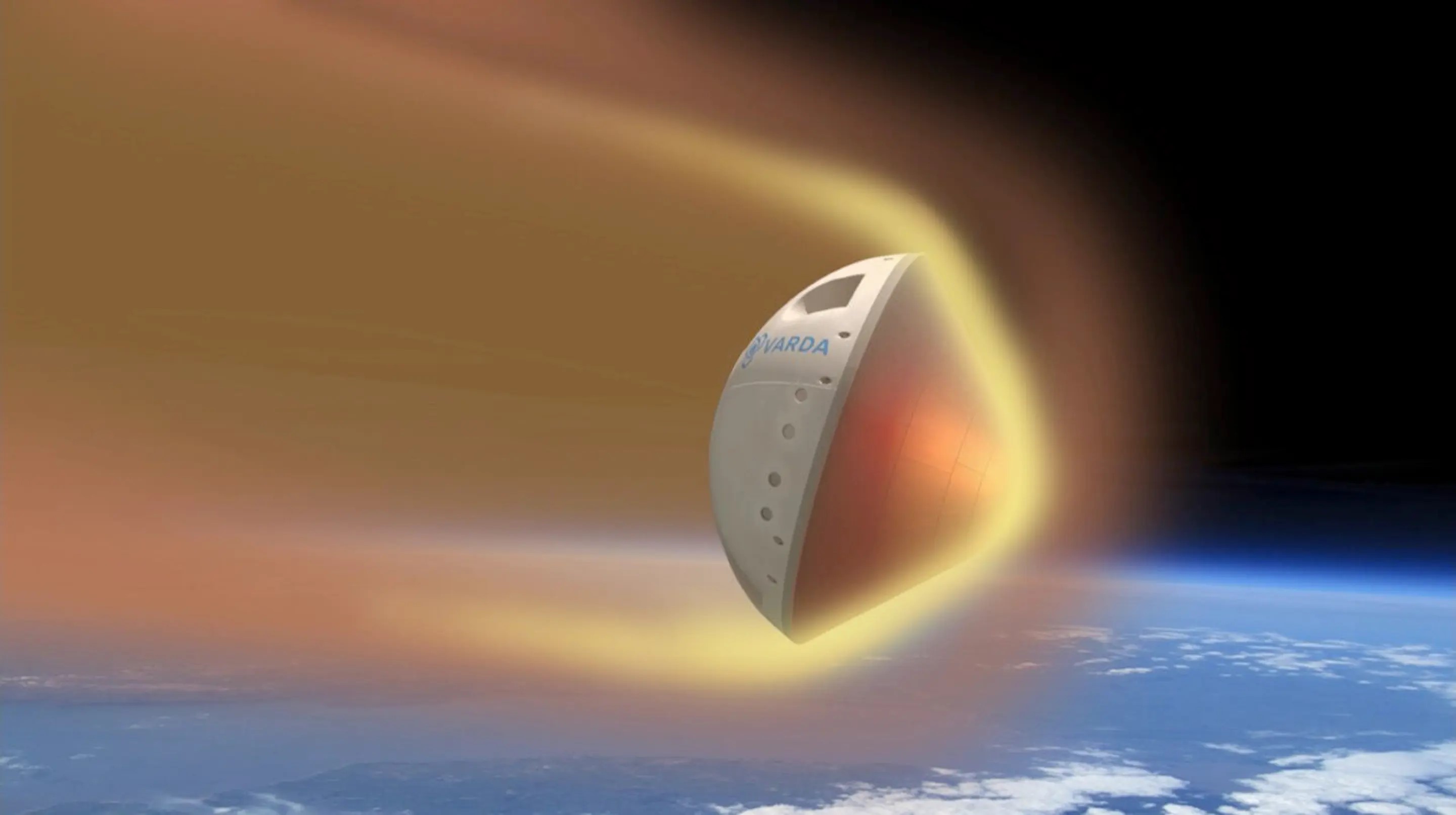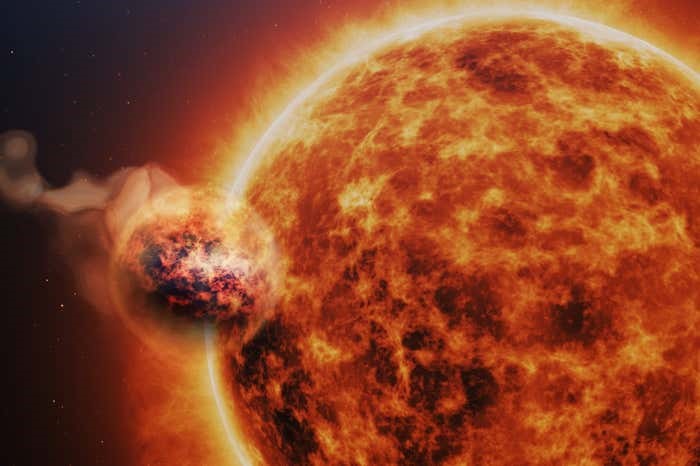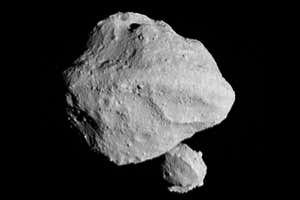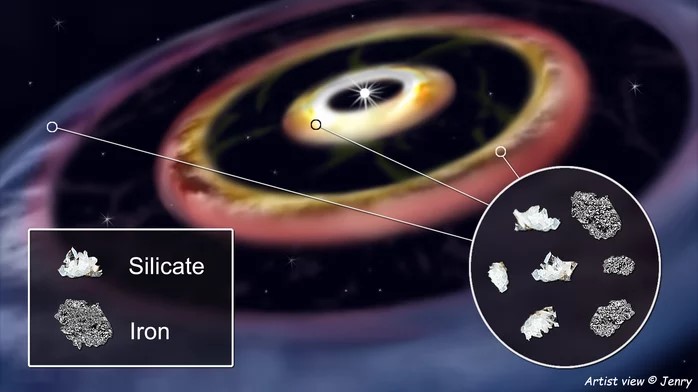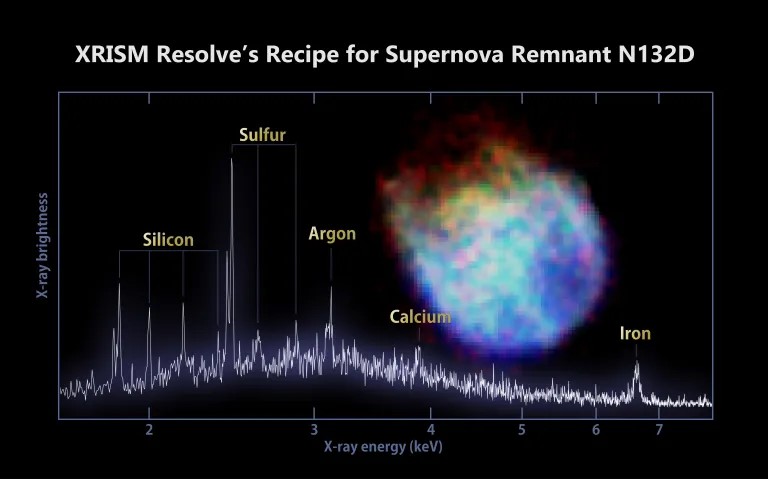China Delays Launch of Its Xuntian Space Telescope
China has delayed the launch of its Xuntian Space Telescope in the global competition to unravel the mysteries of dark energy. The new launch date is set for mid-2025 from the Wenchang Space Launch Center in southern China. The two-meter telescope, named "Xuntian" (meaning "Survey the Heavens"), will join the European Space Agency's 1.2-meter Euclid space telescope and NASA's 2.4-meter Nancy Grace Roman Space Telescope. The Xuntian telescope aims to survey distant galaxies, map the structure of the universe, and test various theories about dark matter and dark energy. Originally planned for the end of the current year, the timeline has been adjusted to June 2025. Zhan Hu, the project scientist at the National Astronomical Observatories of China, and his team are finalizing work on an engineering qualification model for Xuntian, which will undergo rigorous performance tests in early next year.

Figure 1.An illustration of the Xuntian Space Telescope.
Figure 1 shows An illustration of the Xuntian Space Telescope.In a notable development, China is independently developing all five instruments for the Xuntian Space Telescope, with a team of approximately 100 engineers and scientists from five research institutes across the country. The primary instrument is a 2.6-gigapixel survey camera. Quentin Parker, an astrophysicist at the University of Hong Kong, describes Xuntian as one of China's most significant scientific facilities. The unexpected delay in its launch is unusual for China, known for keeping its missions on track.
The postponement could have significant implications for the global race to unravel the mysteries of dark matter and dark energy. These phenomena constitute a vast majority of the universe's mass and energy, with dark matter acting as the unseen gravitational force allowing galaxies to form, and dark energy fueling the universe's accelerating expansion. Understanding these forces is crucial for cosmology, offering insights into the universe's origins and ultimate fate. The delay in Xuntian's launch diminishes its potential temporal advantage over NASA's Roman telescope. Launching earlier typically provides a scientific edge, allowing the first collection of data and images. If Xuntian and Roman have similar launch dates, there will be an interesting competition for the first research results and images.
China's Xuntian Space Telescope, initially approved in 2013 as part of its space station plans, has faced a delay but boasts state-of-the-art design and technology. With a panoramic field of view over 300 times larger than the Hubble Space Telescope, Xuntian can survey a significant portion of the sky in a single snapshot. Its survey camera, equipped with 2.6 billion pixels, aims to cover 40% of the entire sky during its planned decade-long operation. Operating in the near-ultraviolet and optical wavelengths, Xuntian complements the European Space Agency's Euclid and NASA's Roman telescopes, which focus more on the near-infrared. Despite measuring similar aspects of the universe, cross-checking results among telescopes is crucial. All three missions, including Xuntian, use weak gravitational lensing to map dark matter by detecting subtle distortions in the shapes of galaxies caused by intervening dark matter. This observational technique is vital for understanding the effects of dark energy on the universe.
The Xuntian Space Telescope, China's ambitious project with a delayed launch to mid-2025, stands out with its off-axis optical design, reducing diffraction artifacts in images. Unlike Hubble, Euclid, and Roman, Xuntian aims for spike-free images, minimizing errors in weak lensing analysis. While its primary focus is on surveying distant galaxies to study dark matter and dark energy, Xuntian has secondary goals, including exoplanet searches, terahertz chemistry studies, deep-field observations, and black hole investigations.
The telescope's modular design allows for future instrument installations, and planned rendezvous with the Tiangong space station enables servicing, reflecting lessons learned from Hubble's maintenance. However, Xuntian's low-Earth orbit presents challenges, such as Earth blocking nearly half the sky and frequent transitions between day and night causing thermal instabilities. Another concern is interference from satellite constellations like SpaceX's Starlink, potentially affecting the telescope's images.
Despite these challenges, the Xuntian team has received unprecedented support, with funding for research centers and preparatory studies. Collaboration between Xuntian, Euclid, and Roman is expected to enhance understanding of dark energy theories. While breakthroughs may take time, scientists anticipate significant clues within the next decade.
Source:SCIENTIFIC AMERICAN
Cite this article:
Janani R (2023), China Delays Launch of Its Xuntian Space Telescope, AnaTechMaz, pp.9




